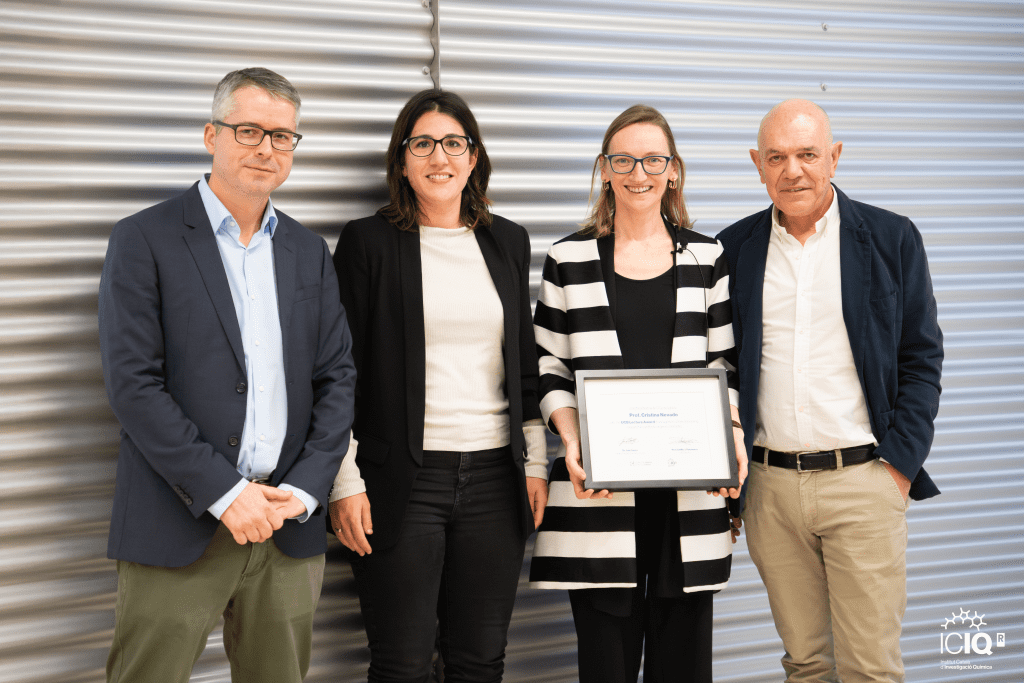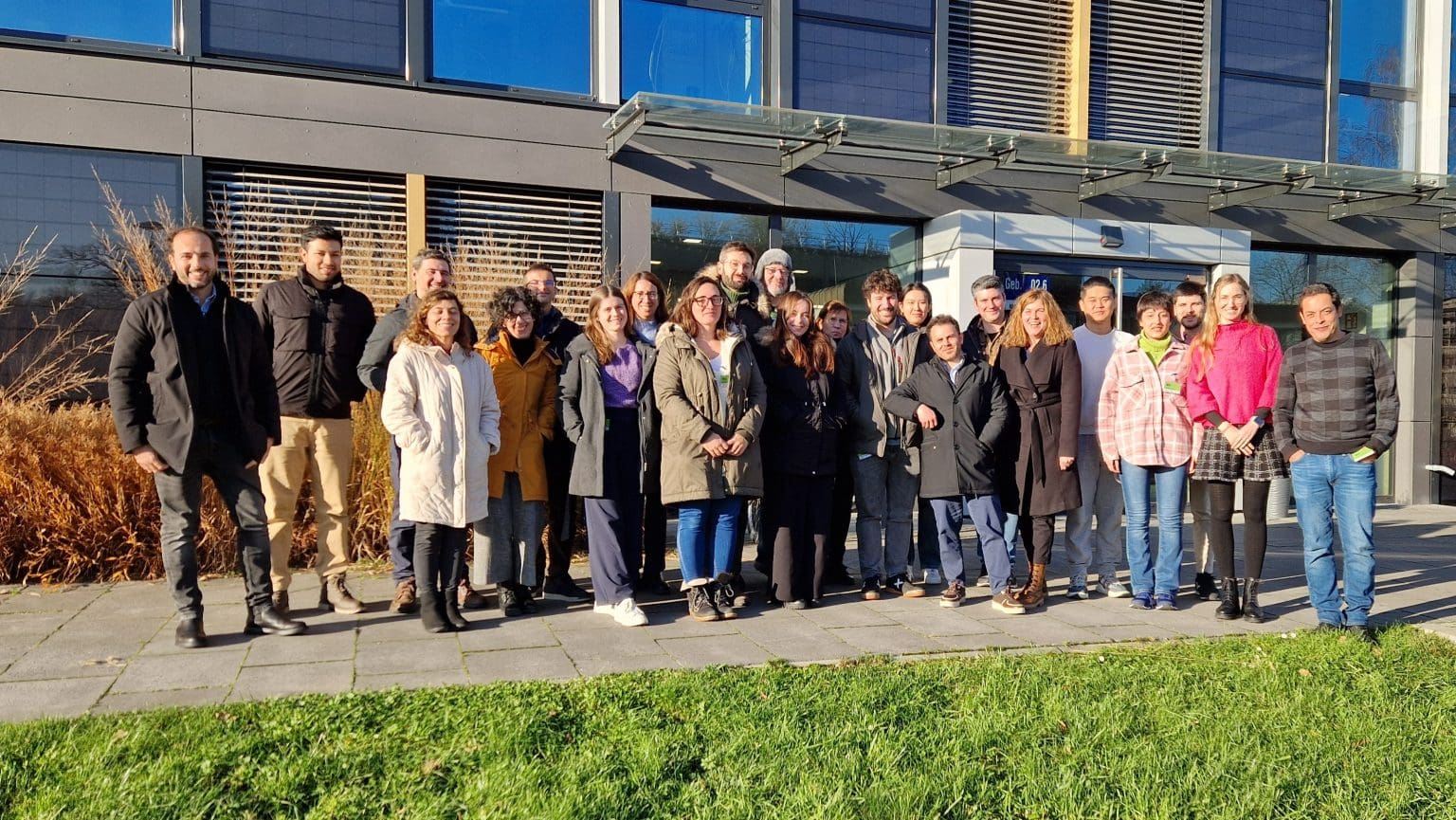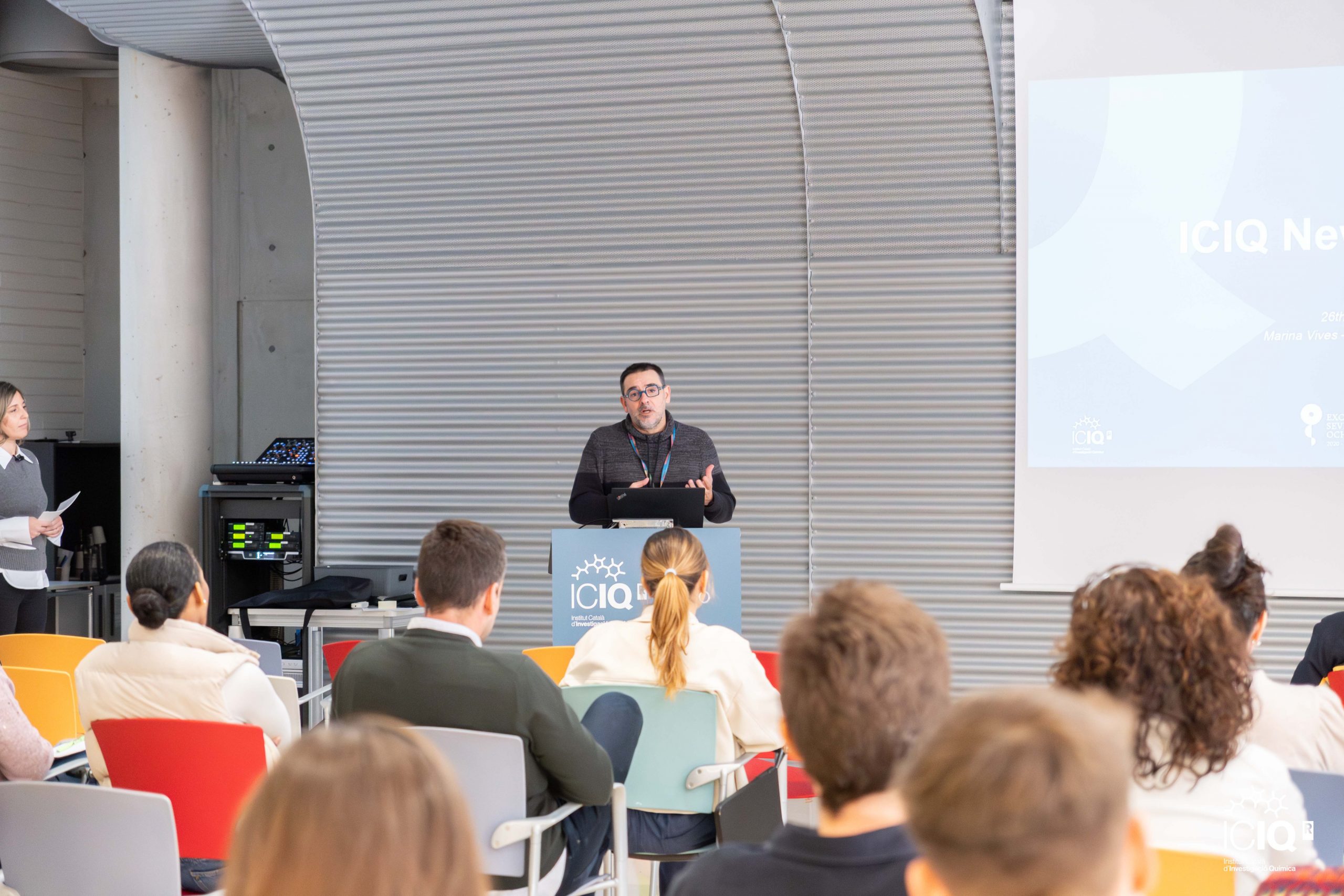The development of a more sustainable chemical industry requires the upgrading of biomass-derived compounds to valuable chemicals in selective and non-contaminant processes. In this thesis, the conversion of oxygenated hydrocarbons derived from biomass catalyzed by Mo-oxides is studied by means of Density Functional Theory (DFT).
The first objective is the study of the selective methanol oxidation to formaldehyde. This is an important reaction in chemical industry that has several issues under discussion. The reaction path is calculated on Mo-oxides surfaces and the activity and selectivity of each surface are studied. Moreover, the role of the iron in the industrial catalyst is unraveled by the study of the reactivity of the doped MoO3 surface. In the following objective, the DFT+U method is optimized to correctly describe the redox properties of MoO3. With the optimized method, the MoO3 (010) surface vacancy defects, which play an essential role in the catalytic activity of the oxide, are characterized. Other objective is the study of the selective reduction of glycerol to propylene catalyzed by the reduced MoO3. Through a hydrodeoxygenation (HDO) process the selective C-O bond cleavage over C-C bonds leads to the formation of the desired product. A study of the reaction network has been performed to illustrate this selective bond cleavage and pave the way to a better understanding of HDO processes. Finally, the selective epimerization of glucose to mannose is studied. The mechanism for the inversion of C2 configuration through a 1,2 C-shift is calculated on Mo-based polyoxometalates and continuous α-MoO3 surface. It was found that the Mo-centers act as electron buffer in these reactions and, therefore, the reducibility of the Mo-centers can be traced back as the descriptor for catalyst activity.
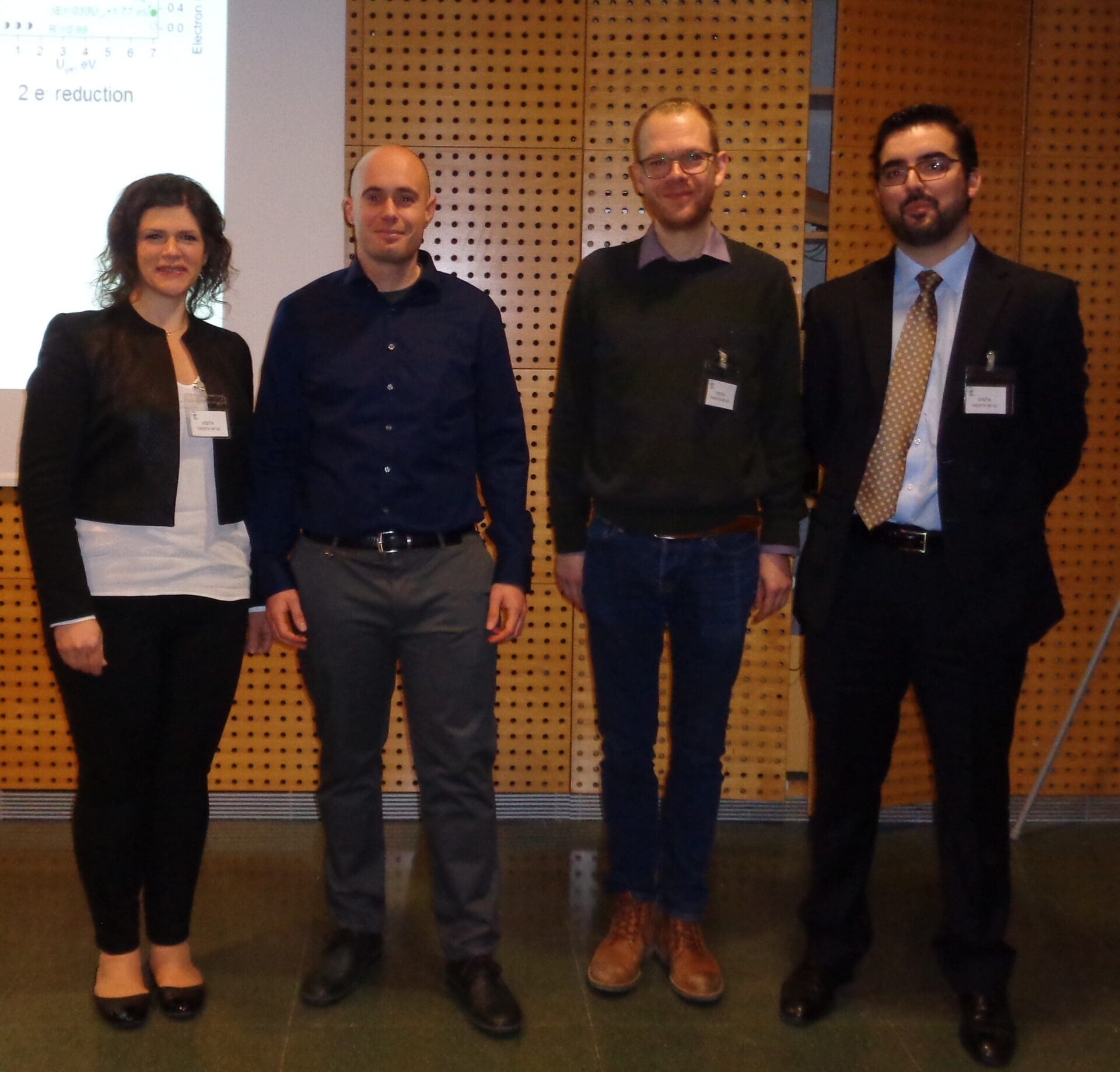
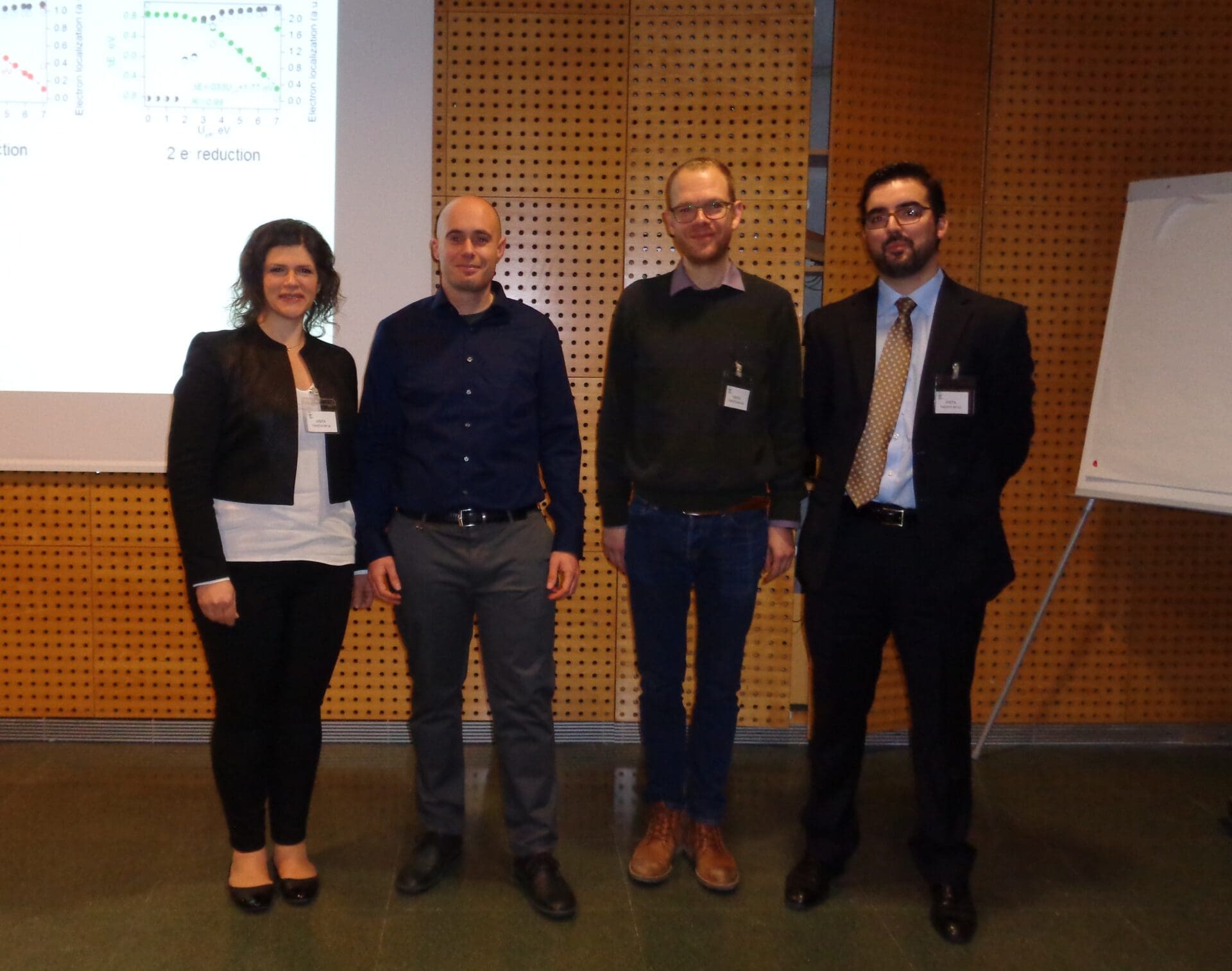





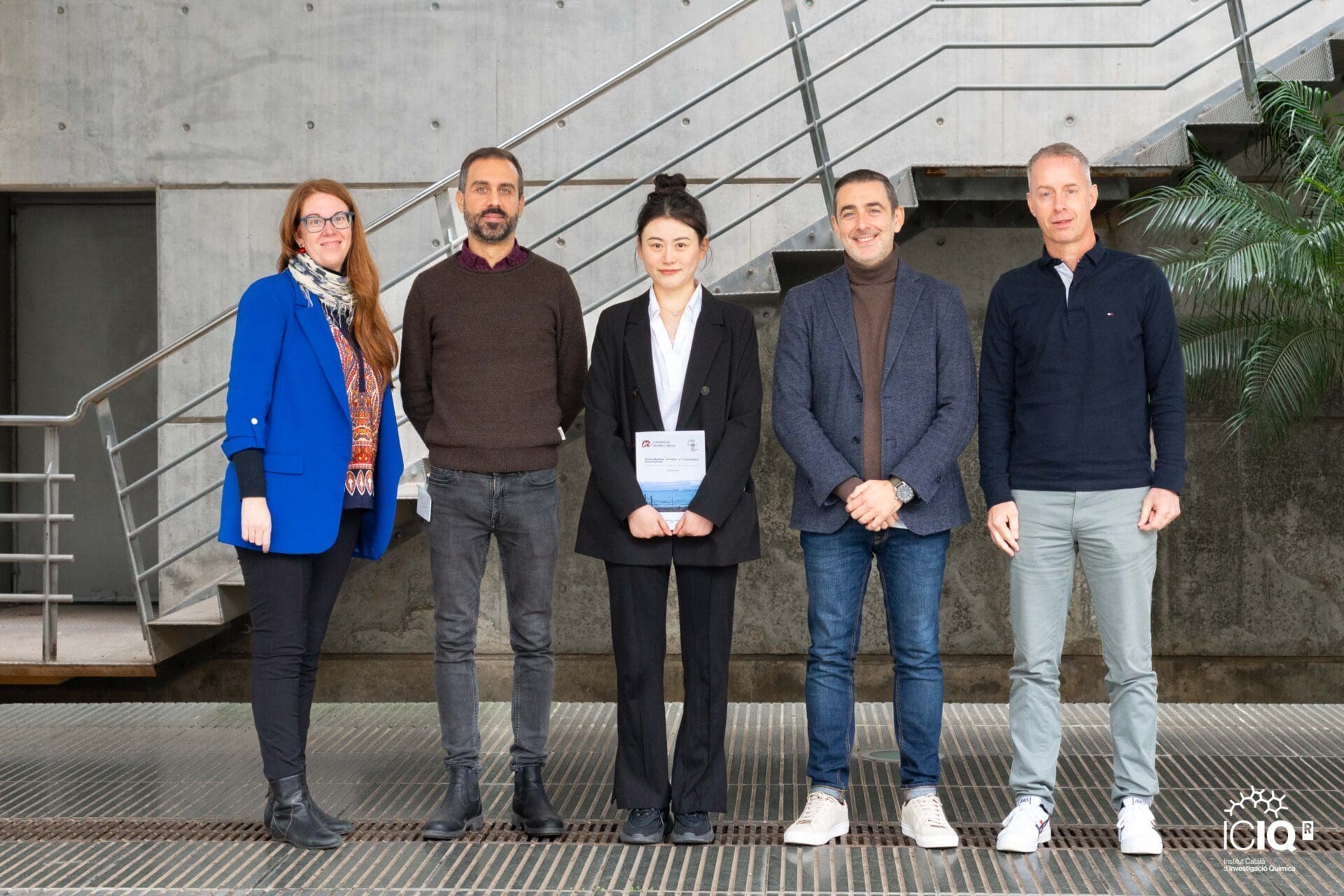
 11-12-2024
11-12-2024 
